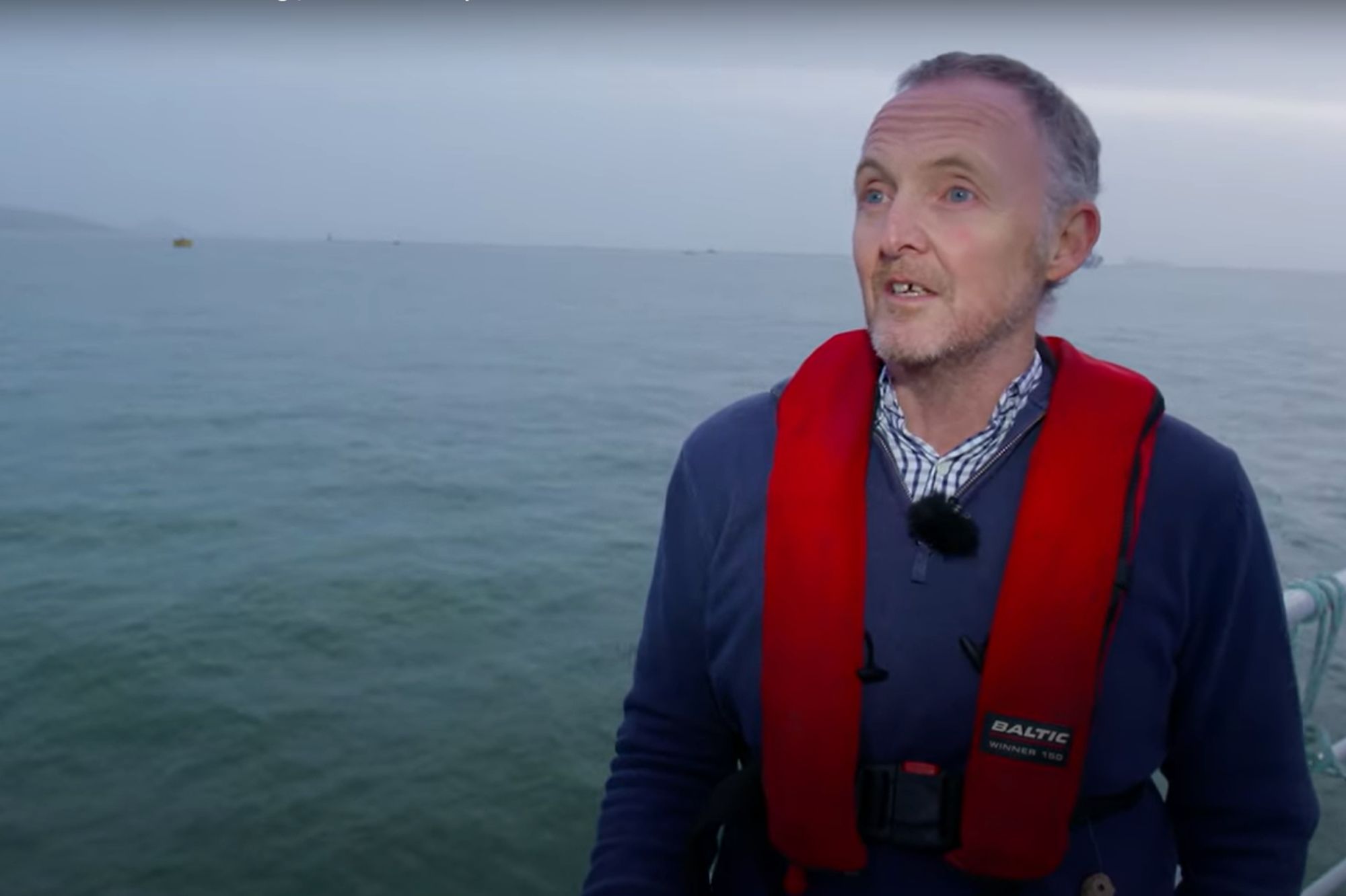Story
PML in the media: ‘The extreme science of climate forecasting’ – Financial Times
7 March 2024

“So, satellite observations are fantastic when it comes to observing very large areas of the sea surface but limited in their ability to penetrate down into the depths of the sea. What these pieces of kit allow us to do is peel back the surface layer and look at some of the most important processes that are going on, way out of the reach of satellite observations,” said Professor Widdicombe.
“This kind of ‘hands-on’ sampling is helping researchers understand how our seas are changing, as they warm to record highs and absorb ever increasing concentrations of carbon dioxide,” reported the Finacial Times’ climate editor Emiliya Mychasuk.
“Nearly 30% of the carbon dioxide that we have produced has ended up in the ocean, and we know that 90% of the heat that has occurred because of global warming has ended up in the ocean. Not only is the ocean the repository for all of these climate impacts, potential solutions exist there. However, it’s really important that we gather data and knowledge to understand how the climate and the ocean interact, so that when do star to make decisions about how we manage climate change, we make really good decisions, and don’t end up exacerbating what is already a pretty dangerous situation,” said Professor Widdicombe.
“Plymouth Marine Laboratory and other research organisations are also developing fleets of autonomous self-navigating vessels and submersibles. They are particularly useful to explore deep seas around remote polar regions, which are warming much faster than expected,” continues Emiliya Mychasuk.
“We need to care about the polar regions, because what happens there doesn’t stay there,” said our Professor Helen Findlay. “The sea ice is fundamental in helping drive the circulation patterns. It helps drive the weather conditions that we have in the lower latitudes. It takes nutrients from the surface waters, down into the deep ocean, and circulates that temperature and nutrients around the planet, giving life to many other regions of the world.”
Watch the full video on the Financial Time’s YouTube here:
Video description:
International fleets of satellites, ships, planes and weather stations are recording our changing climate in incredible detail. The FT’s climate editor Emiliya Mychasuk explains how great advances in data gathering and processing could help the world prepare for the worst of the more frequent weather extremes on the way. See more on the Financial Times feature here.